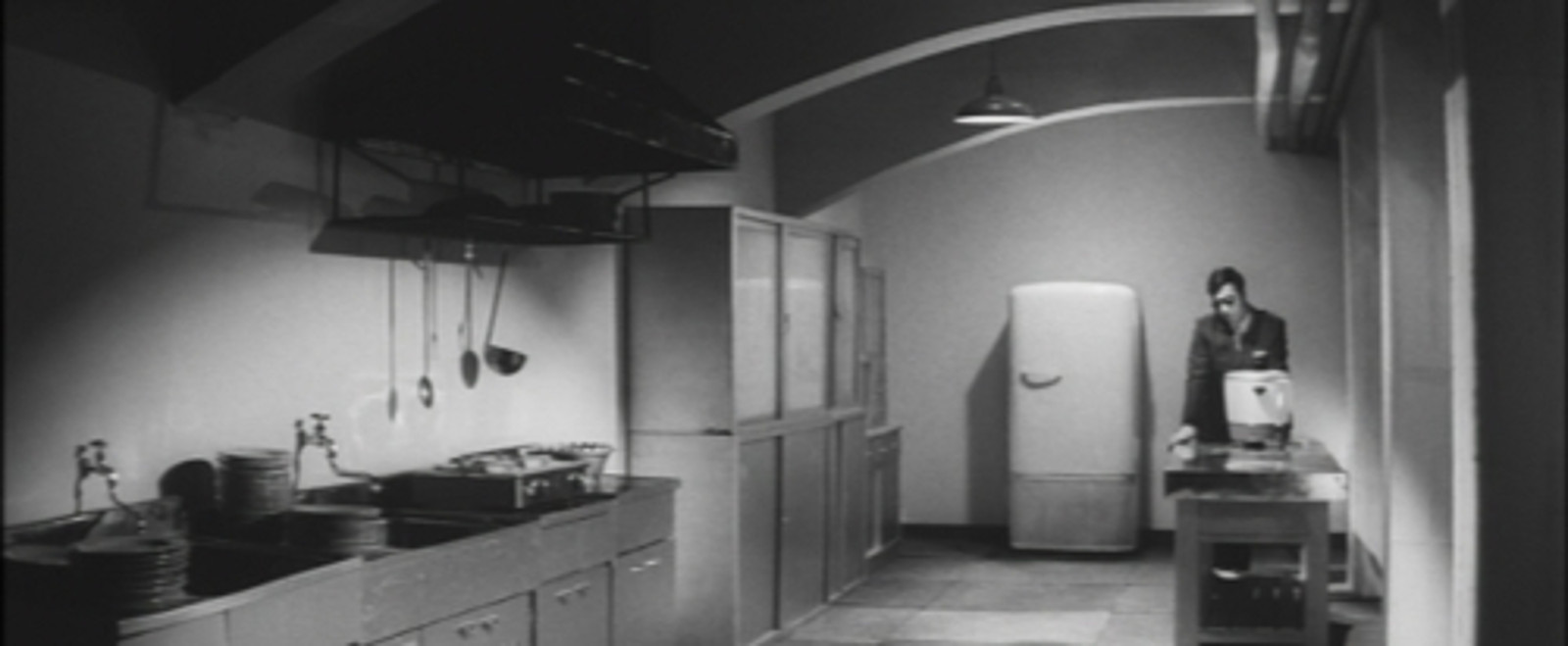Analysis of “There Was A Father”, 01:18:00 – End
When someone turns away, with his/her back to you, without a word, you might find it difficult to reconnect with that person. Even if it is not a hostile gesture, just an awkward lapse in conversation or meeting, you have to search for effective, proper words to recapture the person’s attention. Then, it is all the more difficult if the person is shutting down all the external interaction, retreating into the personal void. We have seen a couple of instances of Ryouhei turning his back to “us/camera/father” to express/suppress his painful disappointment. Sometimes, he just loses his gaze into nowhere, …



